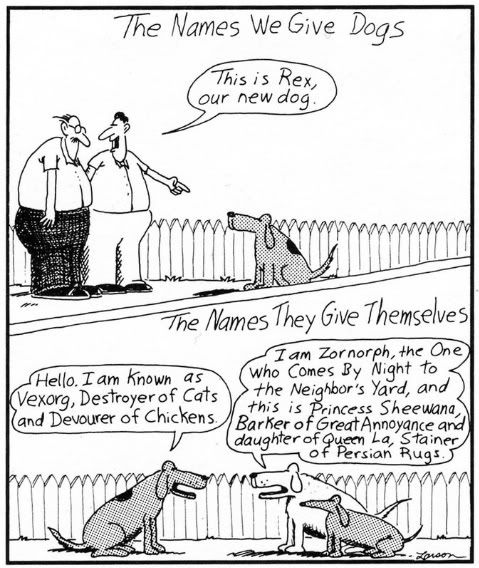It wasn't just changing CVF to CTOL that was expensive, it was running CTOL operations compared to STOVL.
correct me if I'm wrong..
but someone somewhere screwed up on the cost estimates and the ease of converting the ships to CTOL. it wasn't quite as modular as claimed
Firstly people are confusing CTOL and CATOBAR. BAE were asked to produce a flexible carrier that could easily be changed from STOVL to CATOBAR, BAE actually produced a carrier that cost as much as a new carrier to convert from STOVL to CATOBAR and this saga played out early last decade.
BAE didn't, ACA actually did a dirty deal with Gordon Brown when he was manipulating the order as a result of the 2008 economic crisis, the official line in the MOD was the that final selection for F-35 and this the carriers was 2011, which is why it was switched from STOVL to CATOBAR and the F-35C as Rumsfeld was about to can the F-35B. The problem was ACA did a an unannounced backhand deal with Gordon Brown the then PM to design and build STOVL to get the carriers built quicker and boost the economy whilst the F-35B was unproven. Thus when the 2010 SDSR was announced the ACA had to step forward and admit they had dropped the assigned spaces from the design and that to reimplement them would delay the build by a couple of years whilst the govt would carry the cost as it was the govt that had authorised the quiet dropping of the functionality and set the contract so strict by using the CVF program as a carrot and cancelling other warship projects as a stick to force an unwanted alliance that has led to a virtual monopoly and left RN short on ships and put the next generation a decade behind creating much of the current chaos.
This sort of needs dealing with.
First off if like me you were paying close attention to the whole CVF process.....you'd notice that key decisions were put back on multiple occasions. Years wasted, and vast amounts of cost increased. But not at the time, cheaper now and someone else pays later.
Just as with the Type 45s, wasted opportunity to cut costs by large order.
Just as you'd know that study after study at MoD/industry kept producing the same result, something that wasn't a cheap Invincible like carrier. Because Invincible was never intended to run SHar ops off Yugoslavia or retake the Falklands.
SHar was extension of ships missile systems, minimal numbers, minimal capability.
To even run SHar in decent numbers and capability would drive up CV beyond Hermes size.
Yet why were they still answering those same questions for years?
Because Gordon Brown and the Treasury kept asking them.
And it was No.11 that kept kicking the can down the road on those same key decisions. Blair defered on this as on most of the economy.
The idea Brown was going to fast track this is revisionism.
Switch to CATOBAR (ocd happy now?) Was under Fox after 2010, and ran slap bang into hard reality.
That for full spec CATOBAR capability needed AWACS, training up dedicated Naval avators and far less capacity to skimp on running costs through 'peaceful years'.
STOVL was and is cheaper. Helicopter AEW
Naval component after common training.
RAF reinforcement in wartime.
Running costs, through life costs are far greater than mere purchase cost.
And it's what contributed to CVA-01 death back in the 60's.
Anyway QE was too far gone on build to stop and fit for CATOBAR, PoW was potentially but QE would have to complete as STOVL and be reworked for CATOBAR.
Cost cost and more cost before a single Cat and Trap. Then more cost to switch to F35-C and yet more cost to train up with USN to qualify.
RAF opposed the lot as it had sacrificed FOAS to be promised F35. Opposed a possible cherry picking FAA luring away RAF funded pilots.
RAF was taking ever more of ye burden on pilots and virtually the lot with fast jet FAA disbanded after Harrier II cut.






